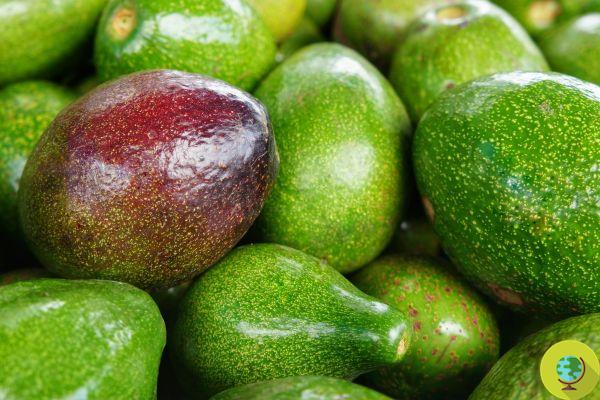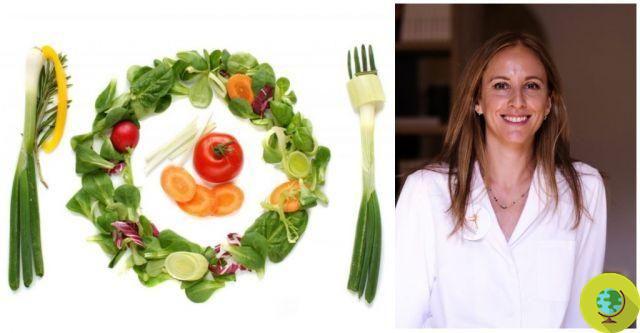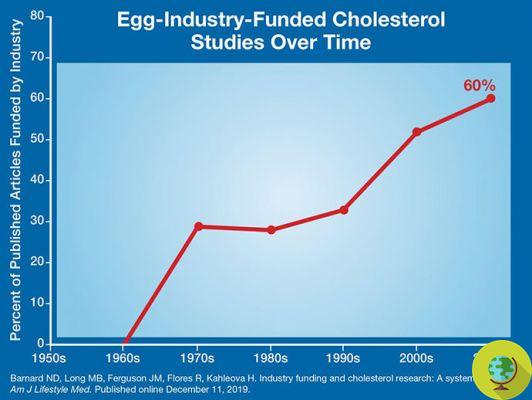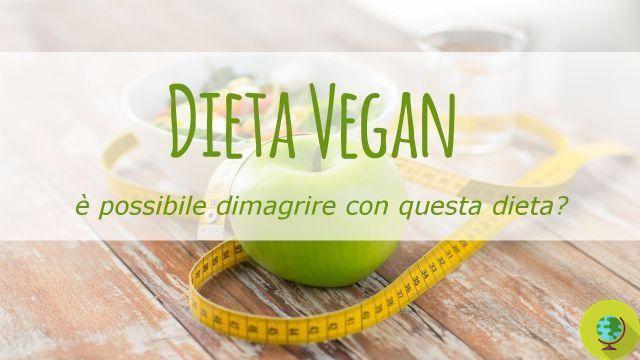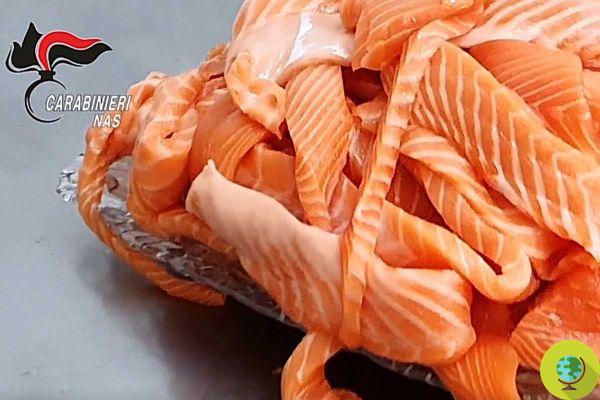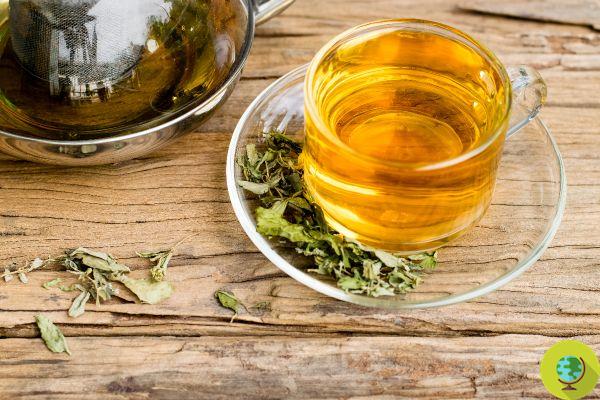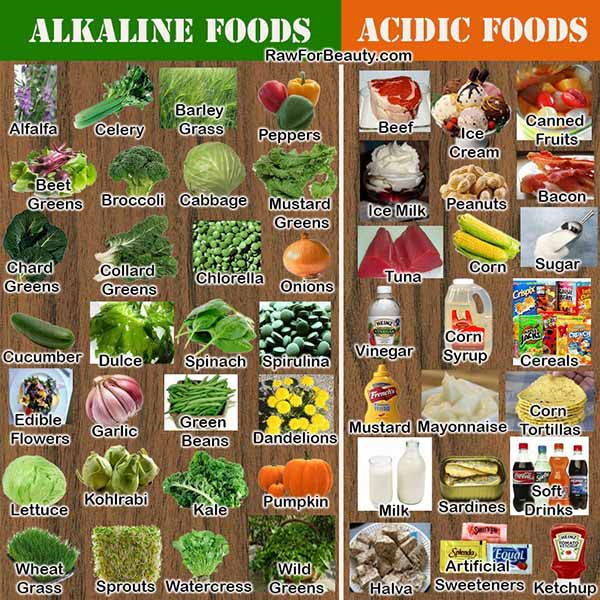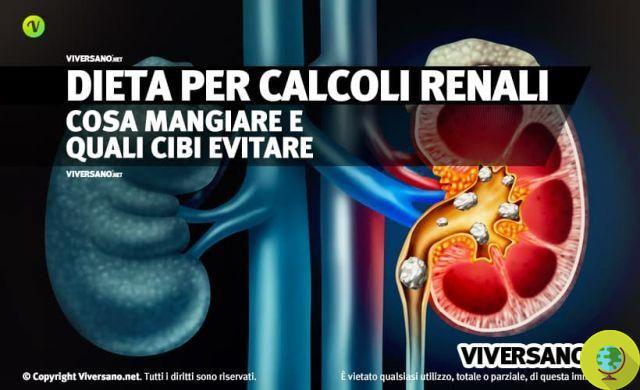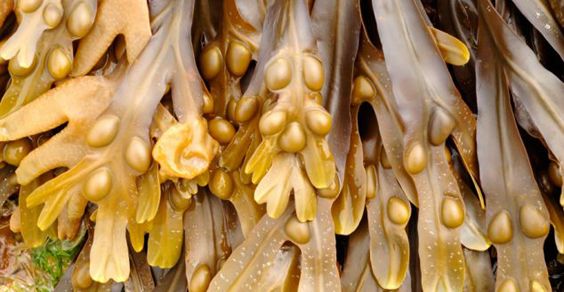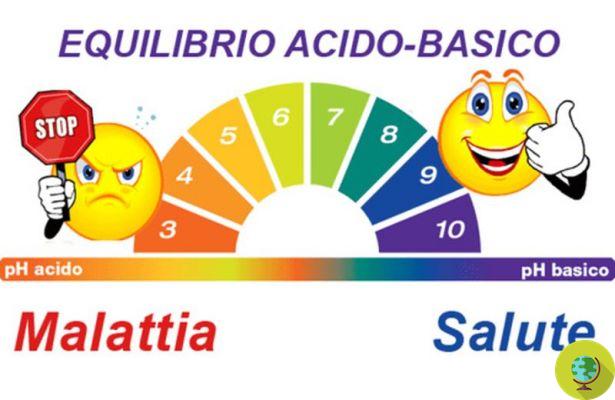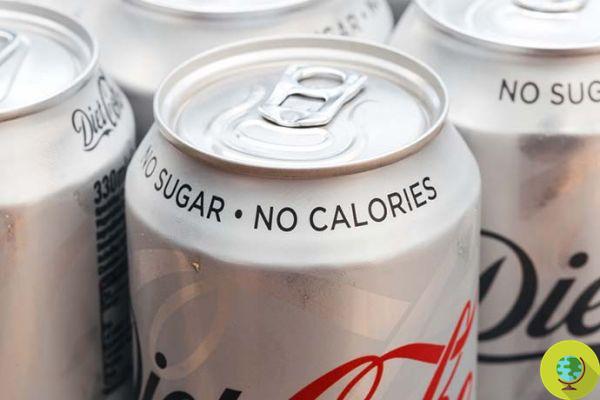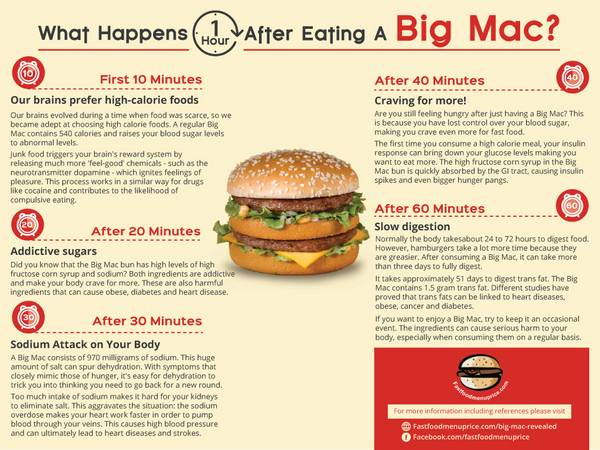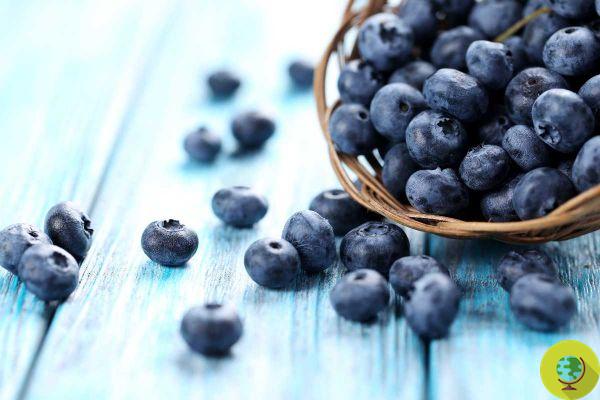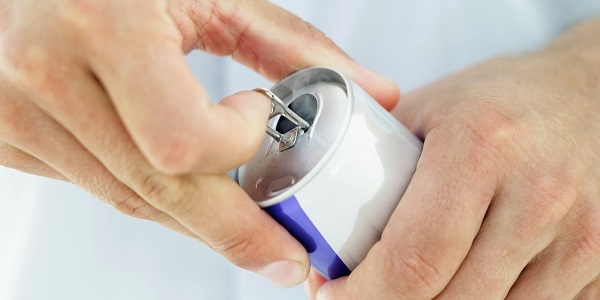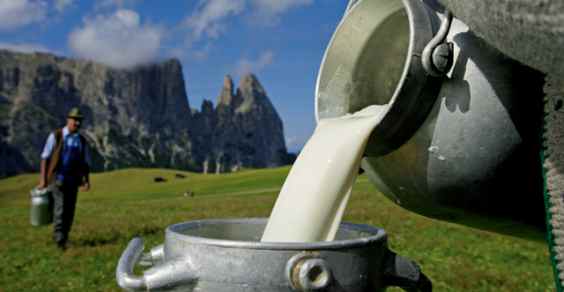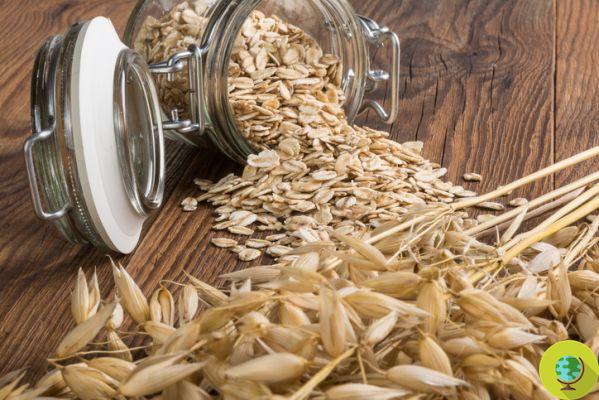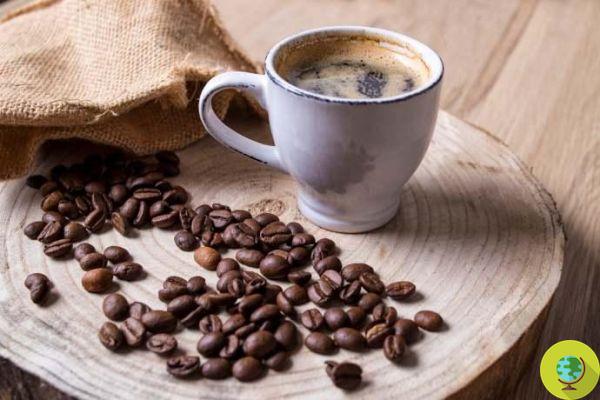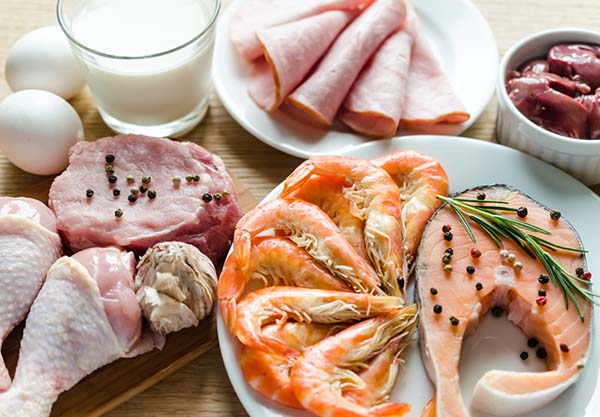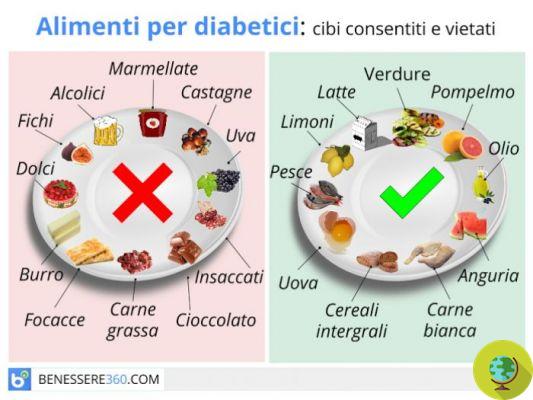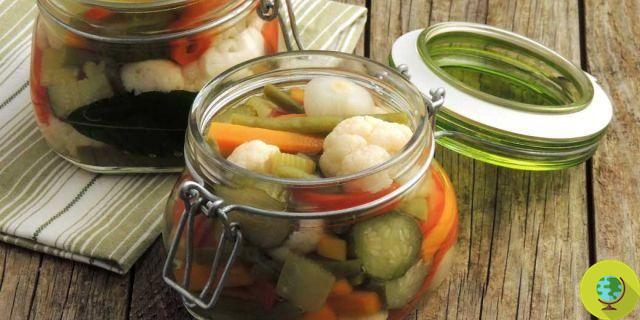
The Istituto Superiore della Sanità has drawn up a list of rules to follow if you make homemade preserves and want to avoid the risk of botulinum.
Don't store avocado like this: it's dangerousIl botulinum risk in home-made preserves it is actually not that high since there are about 20 cases per year, only 5 of which with fatal outcome. To avoid any risks, however, it was decided to interveneNational Institute of Health (ISS) drawing up useful guidelines for all those who try their hand at preparing homemade preserves.
The botulinum danger is found in particular in canned artichokes, aubergines, olives and all other products in oil or brine, but not in jams and compotes since the acidity of the fruit and the sugar allow for greater product safety. So let's see what the rules to follow:
1) PERSONAL AND KITCHEN HYGIENE
Work in a clean environment and wash your hands with soap rubbing well are the bases from which to start to prepare your preserves. The ISS recommends washing your hands before starting and whenever you change the type of preparation but also after having been in the bathroom, eating, smoking, coughing, sneezing, touching animals, waste or raw food.
2) EQUIPMENT
The tools and utensils used are obviously also important to avoid contamination and must be thoroughly cleaned. The best material to use is the glass although metal containers are not recommended. If you use glass, the only attention to be done is to avoid contact with light as its transparency can change the color of the product inside.
3) CHOICE OF INGREDIENTS
Choose good ingredients for your preserves it is essential. It is good to always prefer seasonal products not only because they taste better but also because they contain higher amounts of nutrients. To avoid pesticide residues you can choose fruit and vegetables of biological origin or better still, if you have them available, you can use products from your own garden. For preserves in vinegar and in oil we recommend use good quality white wine vinegar and extra virgin olive oil.
4) SELECTION AND WASHING OF PRODUCTS
The products that are used to make preserves should go wash well under running water to get rid of dirt and other residues, a good tip is to soak them in one for a few minutes solution of water and bicarbonate. What you buy or collect should be used as soon as possible to avoid losing some nutritional characteristics, while waiting for fruit and vegetables you can still keep them in the refrigerator.
5) SANITIZATION OF CONTAINERS
In this case we speak of sterilization of caps and jars which will then be filled with preserves. In concrete terms, it means treating these containers at a temperature of 100 ° for a long time (even 5-6 hours). This destroys all types of microbes and parasites, including spores.
6) FILLING THE CONTAINERS
Operation of fundamental importance. It is important to remember that containers should not be filled to the top but instead it is necessary to leave a space called "headspace”Essential so that the vacuum is generated in the jar, also useful to prevent the preserves from increasing too much in volume during the pasteurization treatment.
7) PASTEURIZATION OF PRESERVES
This is a thermal stabilization treatment which is achieved by completely immersing the containers in a pot full of water, covered and brought to a boil. Once you have reached 100 ° you can lower the stove a little but it is important that the boiling point always remains at a good level and uniform.
8) INSPECTION OF CONTAINERS
Once pasteurization has been carried out, it is necessary check containers. First, however, it is necessary to let them cool for 12-24 hours, at which point it is necessary check that the seal is hermetic and that the vacuum has been created. The caps should appear curved slightly towards the inside of the container and if pressed in the center They must NOT do the characteristic “click clack” sound. A further test can be made beating the cap with a spoon. If the cap makes a metallic sound, the closure is airtight and the container is vacuum, if otherwise it makes a deep sound, the container is not vacuum.
Read also:
- Do-it-yourself preserves: 10 sauces and preparations under glass to enjoy vegetables all year round
- Homemade organic preserves: the Guide




